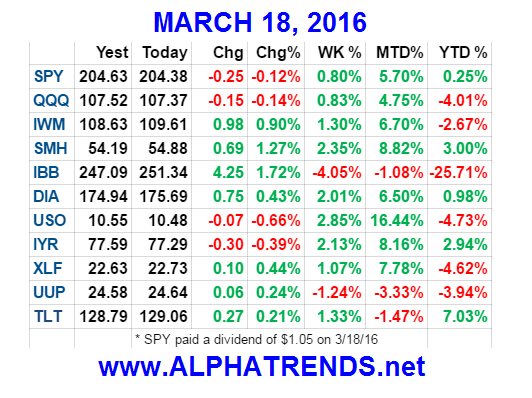
I have spent much of my adult life studying the markets by poring over innumerable charts in search of the perfect pattern or indicator. I will never close my mind to attaining that “perfection” in the markets. Deep down I am convinced that perfection, whatever that constitutes, does not exist. To me, the lowest-stress way to profit in the markets consistently is through trend following. Trends exist on all timeframes, but it is up to you to decide which timeframe suits your personality best. The analysis techniques explained in this book will allow you to analyze and profit from trends on all timeframes.
The number one job of a trader is that of risk manager. Amateurs take risks that make professionals cringe. The fact is that they, too, were once amateurs. They probably frequently look back upon the risky mistakes they made, brought on by greed, which in the end yielded no more than heart palpitations and a lighter bank account. Because greed is a typical trait of the casual market participant, he or she either ignores or is unaware of the risks being taken until it is too late. This is a key realization with which you’ll need to cope early on.
As a trader trying to time the market, your “job” is clear cut: to sync your decisions with price action. To do that consistently, you need to be able to correctly interpret the “message of the market.” The goal is to time the trade so that your account is exposed to minimum financial downside and the greatest potential profit.
To succeed at trading, you need to get in tune with the markets rather than impose your own set of beliefs upon them. When the market does not provide clear direction, the correct interpretation should be to sit on the sidelines and preserve capital until the low-risk opportunities present themselves. It has been said that “knowing when to be involved in the markets is just as important as knowing what to be in.” Repeat this to yourself, over and over again. This mantra should continue to resonate with you as you make your trading decisions going forward.
The longer-term out performance of a trader comes from preservation of capital during times of market uncertainty and then having that capital ready to deploy when the market presents conditions that favor your approach. You need only a handful of strategies to be able to attain consistent trading profits. To have more only confuses the issue. The good news is that with all the different products available to trade and all the various timeframes with which to implement strategies, the market provides even the choosiest of strategies with nearly endless opportunities.
You often hear about the need for an “edge” to succeed in trading. After years of trading I know that my particular edge lies in my ability to clearly and objectively observe market action and then implement trades based on what the market dictates. It is never about imposing my beliefs on the market, but rather listening to that market message and executing trades without ego.



